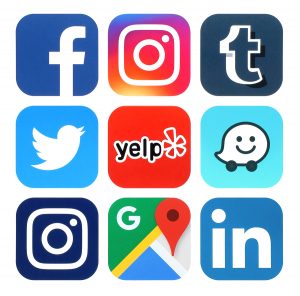 Digital communication has truly transformed public participation, from risk communication to online town hall meetings. However, it is not an automatic or comprehensive solution to working with the public. Agencies would like it to address everything they want to do with the public, but it just doesn’t.
Digital communication has truly transformed public participation, from risk communication to online town hall meetings. However, it is not an automatic or comprehensive solution to working with the public. Agencies would like it to address everything they want to do with the public, but it just doesn’t.
When I look at my digital toolbox with respect to public communication, I think about five key components:
- Electronic Communication: email, text, web sites, blogging
- Video Communication: Skype, Facetime, webinars
- Social Media: Facebook, Twitter, Instagram
- Logistical Tools: Survey Monkey, Doodle, Eventbrite
- Robust Participation Tools: Metroquest, Peak Democracy, Textizen
Those are a lot of great tools and that is just scratching the surface. However, a great tool does not immediately translate into a great, or even good, public communication or public participation experience.
The tools available dramatically enhance and extend a public participation program, but do not yet provide a total solution and should not be viewed as such.
Part of this lies in the limitations of the tool itself, but much of it also lies with how we currently use digital communication in society and what that means for civil discourse.
We are barely in the adolescence of the digital age. We still lack the conventions and rules that support civil digital discourse. While often effective, digital tools for public communication can still fall short of important conventions needed to engage people constructively. I have no doubt we will get there in the coming years, but for now we need to be careful in our selection and use of digital tools.
Start with your participation purpose and then assess the ability of digital communication to help you in reaching your community:
- Disseminating information
Good at: getting identical information to a lot of people quickly
Not so good at: Reaching everyone, ensuring understanding of that information, reacting to misunderstanding
- Getting public input to decisions
Good at: getting written input – mostly opinions and reactions
Not so good at: Understanding who thinks what and why – sometimes too easy to stuff the ballot box and lots of anonymous input
- Creating community dialogue about challenging issues
Good at: reaching lots of people
Not so good at: getting them to really listen to each other
- Building the relationships that make society work
Good at: reaching lots of people
Not so good at: making meaningful connections and talking about things with high emotional content
Author: Doug Sarno
